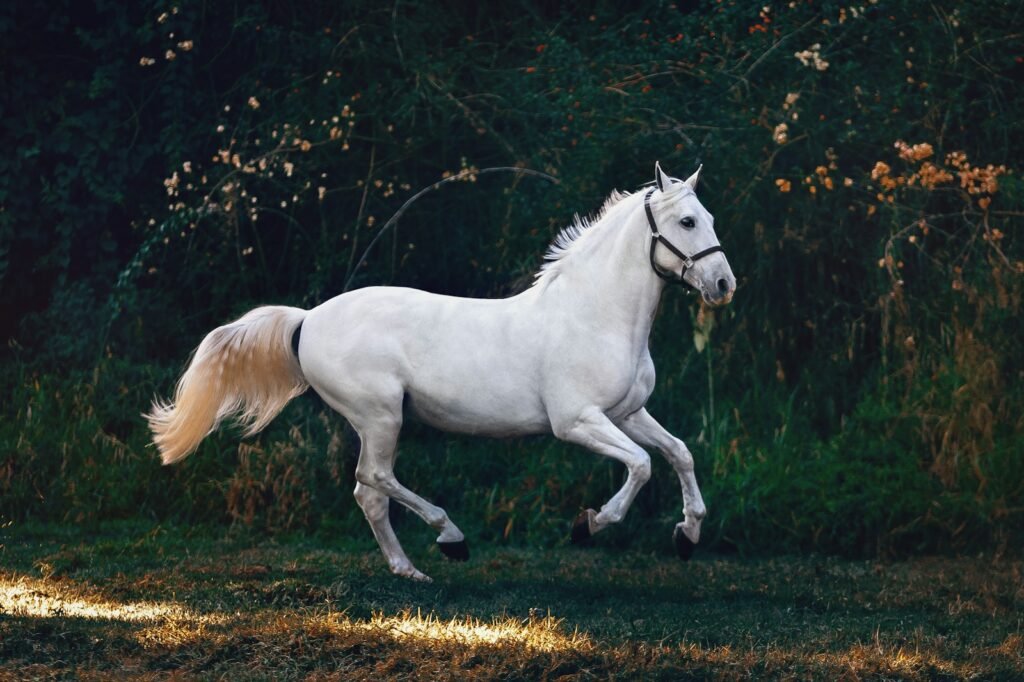The dynamic landscape of urban areas has led to a unique coexistence between humans and wildlife. As cities expand, some animal species have demonstrated remarkable adaptability, thriving in environments altered by human activity. This article explores ten urban wildlife species that have adapted to human habitats, showcasing the resilience and ingenuity of nature.
City-Slicker Raccoons
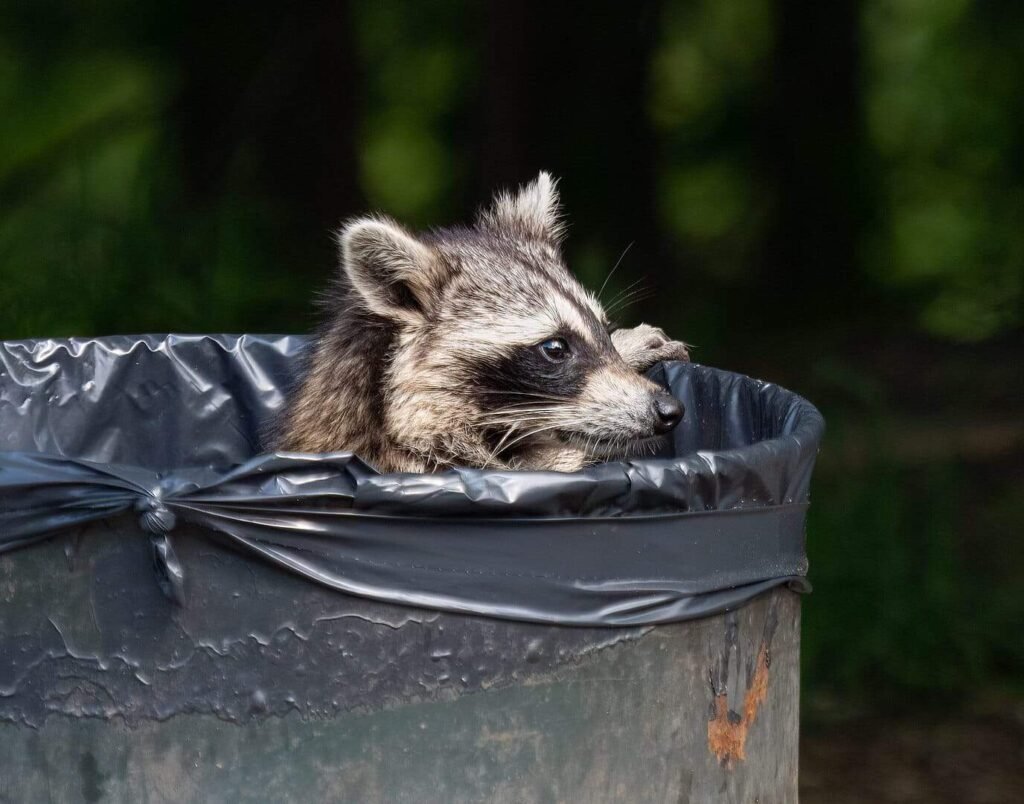
Raccoons are renowned for their intelligence and adaptability. These nocturnal foragers have taken urban environments by storm, thriving in cities by exploiting human waste and food sources. Known for their dexterous paws, raccoons can open trash cans and navigate city sewers, turning these spaces into perfect habitats.
Pigeons

Pigeons are ubiquitous in city landscapes, having made themselves at home on building ledges and roof tops. Originally cliff-dwelling birds, their transition to urban environments was seamless, with abundant food sources provided by human activity. These birds have adapted their nesting habits to suit city infrastructure, proving their resilience and ability to coexist with humans.
Foxes

Foxes, particularly the red variant, have made successful incursions into urban areas across Europe and North America. As opportunistic omnivores, they have keenly adapted to city life, feeding on rodents, birds, and even discarded human food. Their adaptability to human presence has made them a common sight in parks and gardens.
Feral Cats

Feral cats, descendants of domesticated breeds, have become adept at living in urban environments. They form colonies in alleyways, parks, and abandoned buildings, relying on scavenging and small prey. Despite their feral nature, many urban communities undertake efforts to manage and care for these populations through TNR (trap-neuter-return) programs.
Coyotes in the Concrete Jungle
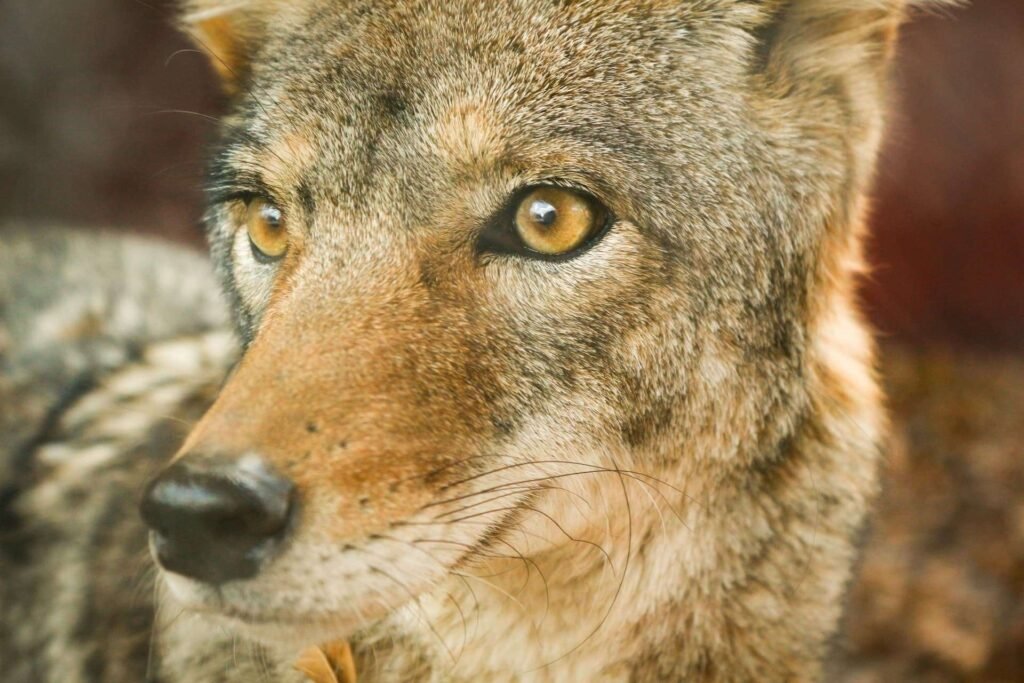
Coyotes have expanded their territories into urban areas, adapting to city life surprisingly well. Sightings in cities like Chicago and Los Angeles attest to their successful integration into human habitats. As intelligent and versatile hunters, they feed on rodents, carrion, and small pets, quietly navigating through neighborhoods while largely avoiding human interaction.
Squirrels
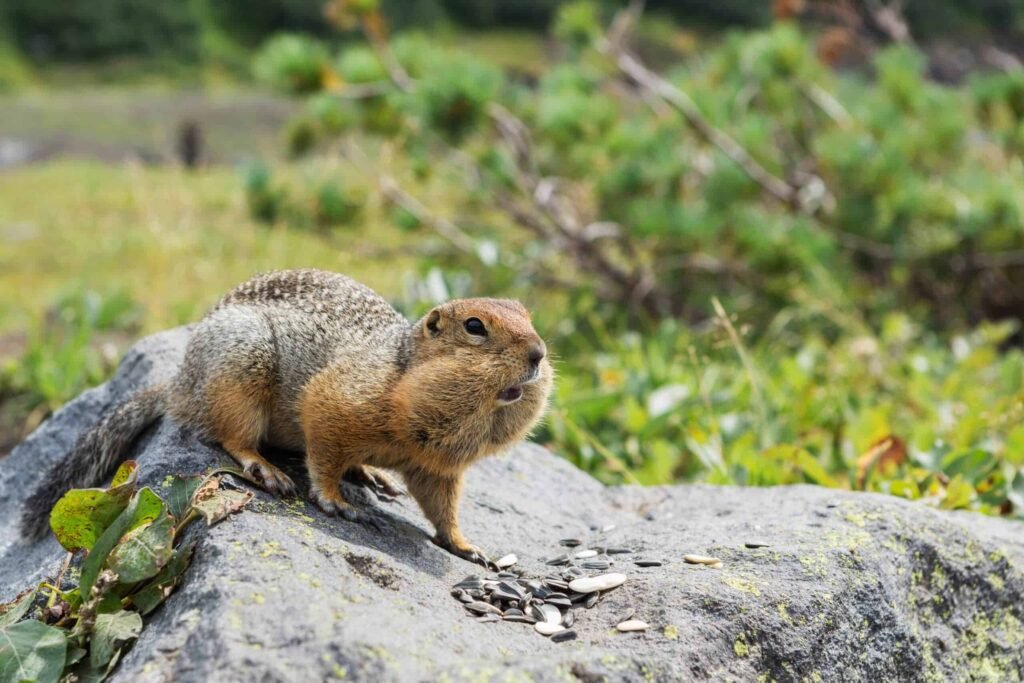
Urban areas provide a diverse range of environments that squirrels exploit with ease. From parks to backyards, these agile rodents are well-suited to city life, capitalizing on abundant food sources like bird feeders and discarded snacks. Their ability to navigate electrical lines and trees skilfully helps them avoid many urban threats.
House Sparrows

House sparrows are one of the quintessential examples of urban wildlife adaption. Originally introduced to North America in the 19th century, these birds have spread widely, thriving in urban landscapes. Their diet flexibility and nesting habits allow them to settle in a variety of nooks and crannies found in human constructions.
Rodents
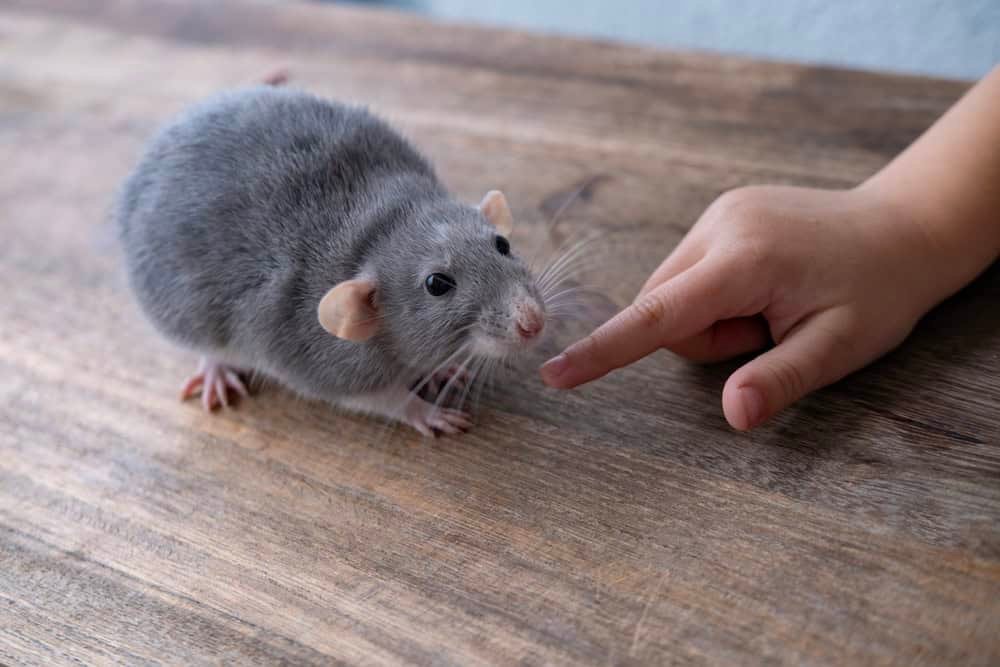
Rats and mice are perhaps the most notorious urban wildlife species, widely recognized for their adaptability to city life. They take advantage of human waste and food supplies, thriving in subways, sewers, and buildings. Their populations can grow rapidly, making them both masters of urban survival and common urban pests.
The Adaptable Crows
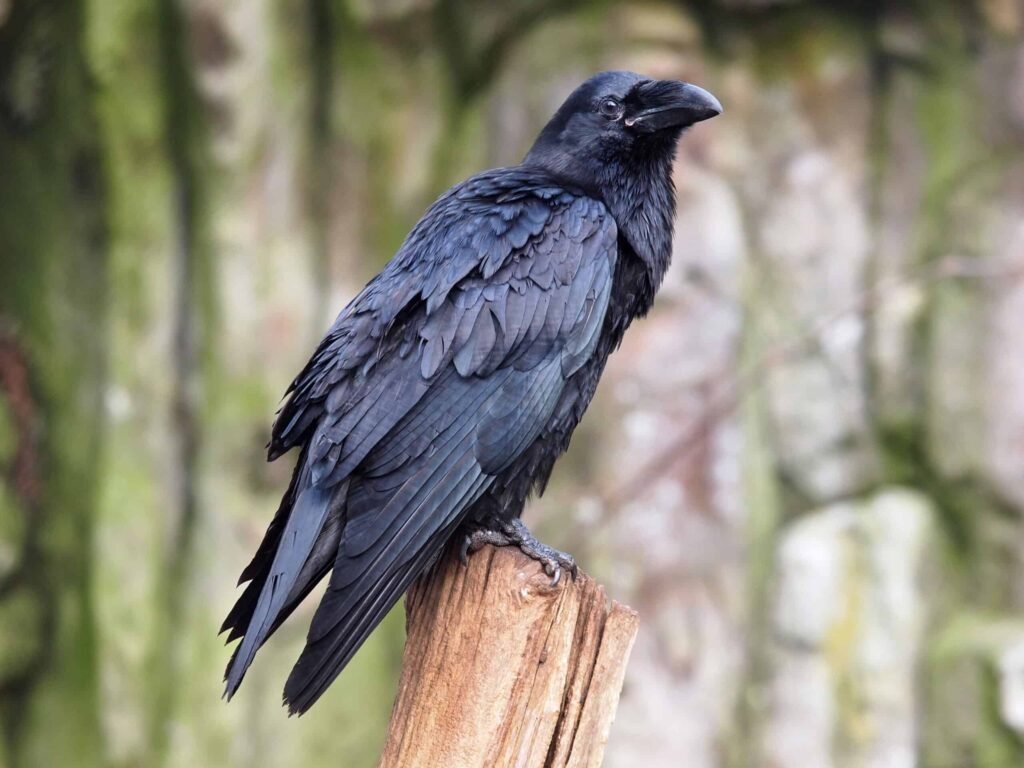
Crows are incredibly intelligent birds that have shown remarkable adaptability in urban environments. Their ability to solve problems and communicate complex information helps them thrive in developed areas. They exploit a variety of food sources by scavenging on roadkill, trash, and agricultural produce, making them a common city dweller.
Bats

Bats have become quite adept at living in cities, often roosting in buildings, bridges, and other man-made structures. Urban areas offer ample opportunities for these nocturnal creatures to feed on insects, including mosquitoes, which are abundant due to artificial lighting. Bats play an essential role in urban ecosystems as natural pest controllers.
Coexistence in Urban Ecosystems

The integration of wildlife into urban settings highlights the resilience and adaptability of these species. As humanity continues to urbanize, understanding and supporting wildlife’s adaptation processes in cities is essential. By fostering sustainable environments, humans can promote biodiversity and coexist harmoniously with these tenacious urban dwellers.

Jan loves Wildlife and Animals and is one of the founders of Animals Around The Globe. He holds an MSc in Finance & Economics and is a passionate PADI Open Water Diver. His favorite animals are Mountain Gorillas, Tigers, and Great White Sharks. He lived in South Africa, Germany, the USA, Ireland, Italy, China, and Australia. Before AATG, Jan worked for Google, Axel Springer, BMW and others.

